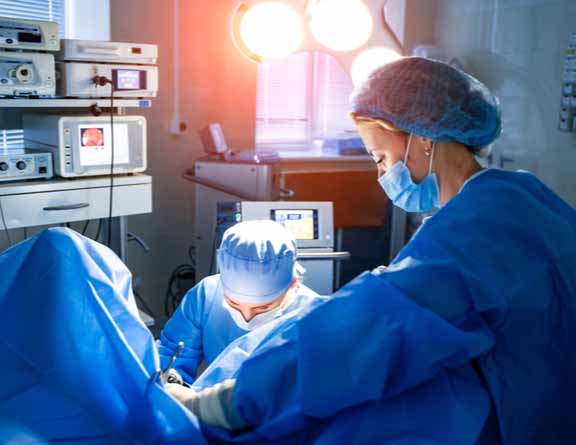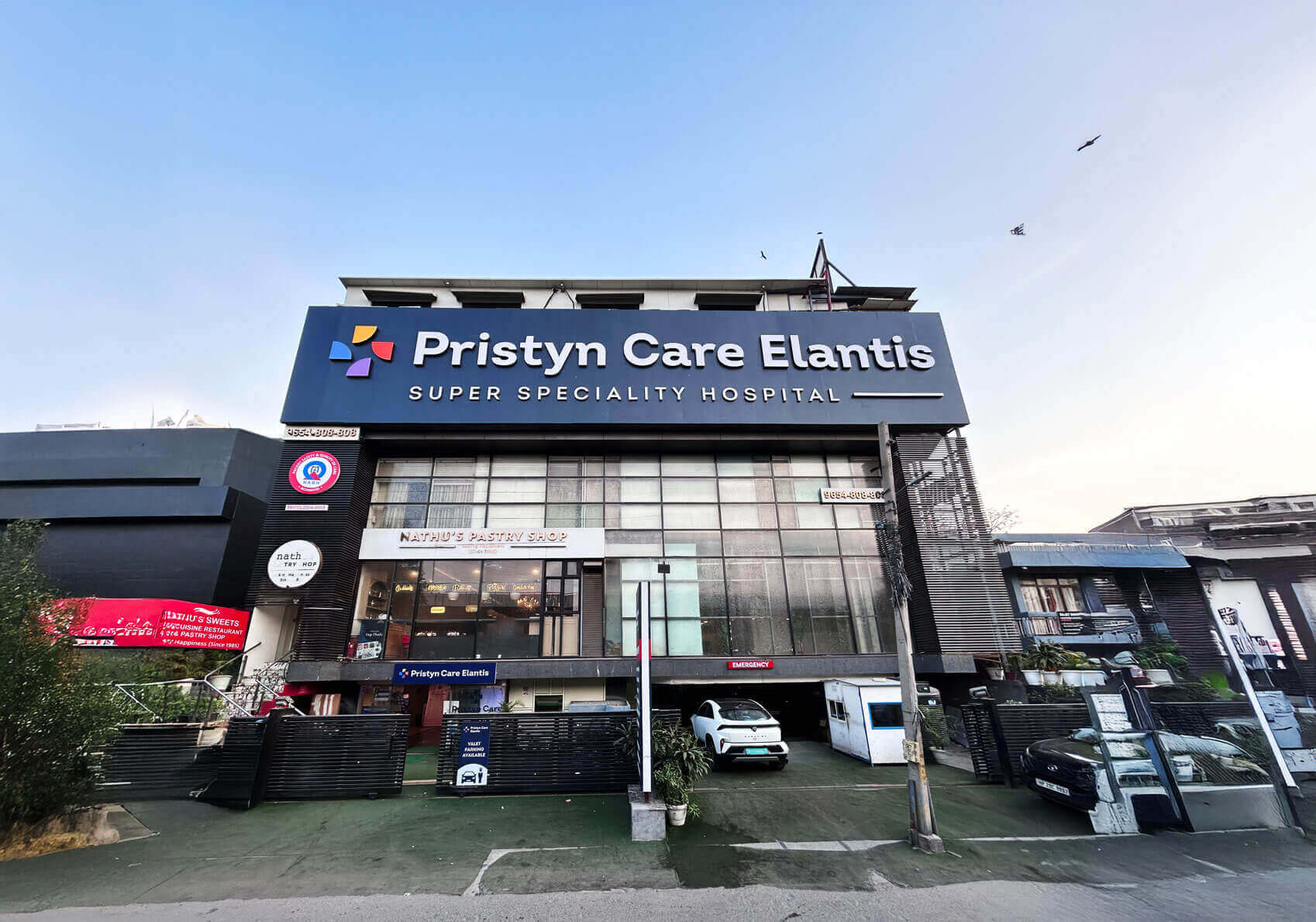
Delhi
USFDA Approved Procedures
Minimally invasive. Minimal pain*.
Insurance Paperwork Support
1 Day Procedure


Treatment Options Available in Delhi
In Delhi, Pristyn Care offers advanced treatment options for lacrimal drainage system disorders, ensuring relief from symptoms like excessive tearing and infection.
The dacryocystorhinostomy (DCR) procedure is a surgery designed to create a new drainage path for tears. When the nasolacrimal duct becomes blocked, this procedure connects the lacrimal sac directly to the nasal cavity, allowing tears to flow properly into the nose. This helps reduce excessive tearing, discomfort, and the risk of infections. The surgery is typically done through a small incision near the corner of the eye or, in some cases, through the nose using an endoscope, making it less invasive. DCR is highly effective for treating blockages in the tear duct and provides long-lasting relief from symptoms of excessive tearing.
Punctoplasty is a procedure aimed at improving tear drainage by enlarging the punctum—the tiny opening at the inner corner of your eyelids where tears normally drain. This treatment is beneficial when the punctum is too narrow or blocked, causing tears to overflow onto the face. By widening this opening, tears can drain more efficiently into the tear duct system. The procedure involves making small incisions to enlarge the punctum and is usually performed under local anaesthesia. It offers a straightforward solution to enhance tear drainage and relieve symptoms of watery eyes.


 NABH
NABH
Pristyn Care Elantis is dedicated to revolutionising surgical care. We combine the latest medical technology with highly skilled professionals and a patient-centric approach to transform the healthcare experience. Our team of doctors at Pristyn Care Elantis, strives to simplify the entire patient journey, ensuring a seamless process from diagnosis through recovery.
We offer specialised treatments across a wide range of medical fields, including proctology, laparoscopic surgery, ENT (ear, nose, and throat), vascular, gynaecology, urology, aesthetics, orthopaedics, ophthalmology, and weight loss solutions.
The Suites & Rooms at Pristyn Care Elantis are designed with your comfort in mind, offering a welcoming ambiance and top-notch amenities to make your stay as pleasant as possible.
Our highly skilled medical team, supported by advanced infrastructure, makes us a trusted choice for comprehensive healthcare solutions.
...Read More
Delivering Seamless Surgical Experience in India
Your safety is taken care of by thermal screening, social distancing, sanitized clinics and hospital rooms, sterilized surgical equipment and mandatory PPE kits during surgery.
A dedicated Care Coordinator assists you throughout the surgery journey from insurance paperwork, to free commute from home to hospital & back and admission-discharge process at the hospital.
Our surgeons spend a lot of time with you to diagnose your condition. You are assisted in all pre-surgery medical diagnostics. We offer advanced laser and laparoscopic surgical treatment. Our procedures are USFDA approved.
We offer free follow-up consultations and instructions including dietary tips as well as exercises to every patient to ensure they have a smooth recovery to their daily routines.
When someone’s tear duct gets blocked, they might notice their eyes tearing up more than usual. There could also be redness and swelling around the eyes, especially during cold weather or when they have a cold.
Doctors figure out if you have a blocked tear duct by asking about your symptoms and examining your eyes. They might use special dyes to see how tears drain and sometimes do imaging tests to find where the blockage is.
Treatment options for lacrimal drainage system disorder depend on the cause and age of the patient. They might include dilation, where the passage is widened; probing, which involves a thin instrument to open the duct; stenting, where a tube keeps it open; or the dacryocystorhinostomy (DCR) procedure to make a new path for tears.
DCR surgery is a type of procedure that helps tears drain from the eye into the nose. During this surgery, often done under general anaesthesia, doctors create a new channel for the tears to flow through.
DCR surgery is quite successful, with more than 90% of patients finding relief from their tear duct blockages. Oculoplasty specialists often perform this tear duct surgery in hospitals.
The cost for DCR surgery can vary a lot but usually falls between ₹50,000 and ₹100,000 or more, depending on which hospital and surgeon you choose.
Lacrimal drainage system disorders can affect people of all ages, from infants to adults. Here’s what you need to know about eligibility:
Before proceeding with tear drainage correction treatment, doctors will conduct several examinations:
Once you have been diagnosed with lacrimal drainage system disorder, there are several treatment options available. Here’s what the procedures typically involve:
Preparing well for your tear drainage correction treatment can make a big difference in its success:
Following your treatment, proper care is essential for successful recovery. Here’s what you can expect and some tips to help: